From satellite imagery to international politics, the world in which the Oriental Institute’s archaeologist-scholars and museum professionals do their work is very different from that in which the OI was founded in 1919. The University of Chicago Magazine recently spoke to three Near Eastern languages and civilizations faculty members at the University of Chicago and the OI Museum’s chief curator about how archaeological excavation and inquiry have evolved since 1919. This conversation has been edited and condensed.
How the OI’s work has evolved since its 1919 founding
Scholars discuss century of pioneering discovery in studying ancient Near East
Of all that’s changed in 100 years, what would you emphasize?
James Osborne: A huge new discipline began in the mid-20th century: landscape archaeology. That didn’t exist at the time of the OI’s founding. It involves understanding ancient societies at a regional scale as opposed to what a single site looks like when you excavate it. What’s the larger sum of patterns? What’s the hierarchy between its urban center, smaller second-tier cities and third-tier rural villages? And so on.
This is the kind of thing one only understands at a regional scale, and since the mid-century, new technological advances—aerial photography and declassified spy satellite imagery—have tremendously benefited archaeologists of all stripes. In terms of regional settlement patterns, we can identify the presence of thousands and thousands of tiny sites that are completely invisible otherwise. What you see in the satellite image is like a shadow—the soil color’s a little bit different than the soil surrounding it. It’s promoted a whole series of research questions that we didn’t know we could ask, and allowed monitoring of cultural heritage sites in combat zones. We can track what sites are being destroyed and what sites we need to prioritize for preservation.
David Schloen: I would start with what’s the same. What is still being done since the 1920s is the recovery of primary evidence for the construction of historical, chronological and cultural sequences correlating vast amounts of material evidence in space and time and linking it to the growing understanding of the political, economic and social history of the region. That follows fundamentally similar methods to what had been worked out in the 19th century. The methods, techniques and interpretive strategies for disentangling the complex layering and disturbances of ancient sites are better understood by far than they were. But still—the old results are usable and understandable within our frame of reference.
Nadine Moeller: If you look back to 1919, or even 50 years ago, the main focus in Egyptian archaeology was a top-down approach. You would start with kingship and anything that’s glamorous: pyramids, tombs, temples. A lot of that had to do with nicely visual objects. When James Henry Breasted put together our museum collection, he went to Egypt and bought a bunch of really wonderful things, but without context—it was all about the objects. That has very much changed. The work that I do today is on settlements. We’re trying to understand more about how an ancient city develops: How do settlement quarters evolve, what are the long-term processes? It’s a bottom-up approach. We’re looking at all the people, not only at the kings and elite. Most of the time, what we see more easily is the elites, so there’s always going to be a bias, at least in my field. We still have not grown out of the top-down approach entirely.
Jean Evans: From the perspective of the museum, there’s both continuity and change. For continuity, we have a vast collection of some 350,000 artifacts. It’s mostly an archaeological collection, and the bulk of that came into the museum in the early days of the OI. Part of what we do is to continue to make that material available for people to study and work on. I think it’s a reflection of the way the early digs were conducted that people can still come here to do research and ask questions of that material. And I would say it’s a challenge for us to make the displays in the museum both represent the solid foundations that the archaeology rests on and also communicate to the public the ways that the research questions have changed.
How have these questions changed?
Osborne: I can give one example: In the 1930s the OI excavated several sites in Turkey’s Amuq Valley, which is right on the border of northwest Syria. They collected several thousand ceramic sherds, which are now in the OI basement, primarily for purposes of typology building and chronology.
A couple of years ago I took some of these sherds that stylistically resembled sherds excavated on Cyprus. We used a technique called portable X-ray fluorescence, which zaps the sherds with a laser and provides you with the chemical signature of the clay used to make that pot. I then confirmed that chemical signature by grinding a sherd into dust and sending it to a lab for neutron activation analysis. Sure enough, it corresponds with the signature of clay sources found in Cyprus. We confirmed that indeed those pots were imported from that island. This would not have even crossed the minds of the archaeologists who excavated the sherds.
Schloen: There has been a paradigmatic shift among archaeologists in the OI and more broadly. As Near Eastern archaeologists became more familiar with social theories that had long been known in other circles but took a while to percolate into our discipline, we began to imagine the social groups to which we link the primary data of these artifacts in a different way.
The old tendency was, to put it simply, that pots equaled peoples. In other words, a certain style of material culture, whether a production technique or style of decoration, would be correlated with some bounded ethnic group—some social group imagined as having a monolithic character and interacting with other monolithic social groups. But in recent decades, scholars are much more nuanced in their understanding of the relationship between patterns and styles in material culture and the social interactions to be inferred from those. For example, the question of social identity is a very complicated one. People today and in the ancient past have multiple, contingent and fluid identities, to use a triad of description that is quite common now. You can go back 100 years and see philosophers and social theorists talking that way, but there was a tendency in archaeology to think in more reductive terms.
How have the tools and methods you use in the field changed?
Schloen: The physical reality of digging up the dirt and mapping what you find in space and time hasn’t changed. But the techniques have changed quite a bit. We no longer map architectural features on a certain site by hand, for example. In my case, about 10 years ago we changed to using drones. These lightweight, small quadcopters that you can buy at Best Buy for maybe $500 had developed enough to where we could use them to create hundreds of overlapping digital photographs of each excavation trench on a daily basis. The drone technology was coming on the market at the same time as powerful software for automatically merging photos into a single orthorectified mosaic. Now we can create through entirely digital means, with relatively unskilled staff, a highly detailed photo mosaic that can be traced directly into mapping software to create highly accurate plans without the labor, time, and inaccuracies that were part of manual mapping.
Moeller: You could never do this by hand. Also, the size of the area you can cover—you’re getting better accuracy and so much faster, and you’re recording the archaeological remains in the most precise way. We can also do 3-D models. We can show people who have never been there what the site is about.
Another thing is databases. Nobody’s using notebooks anymore. iPads can be carried around; they have long battery life and deal fairly well with heat and dust.
Osborne: The technology better facilitates the things we already do, but it also makes possible better research questions. I think of that in terms of scale. We can now ask questions at a molecular level. And we can ask new questions at a gigantic, country-wide, or Middle East-wide scale. For example, a computer scientist recently teamed up with a landscape archaeologist to create an algorithm for the satellite signature of a site and generated a predictive model for 10,000 sites in Syria where we expect archaeological sites could be.
Schloen: Archaeologists are also using instrumentation and analysis produced by other scientific disciplines for their own purposes. Ancient DNA analysis will be quite revolutionary— a complex topic that touches upon long-cherished archaeological theories about the movements of populations and peoples in the distant past. Sometimes archaeologists have gotten annoyed or touchy that the human genetics folks are coming in and replacing those narratives. The ideal is to have a close collaboration and honest, thoughtful interaction between archaeologists and population biologists or geneticists who do ancient DNA.
UChicago is poised to become a leader in this area and has established an ancient genetics lab, where three faculty are working with archaeologists. There are important questions to do with migrations of ancient populations and reconstructing ancient genomes from human remains, without falling back into the old monolithic models. We understand how complicated each population was. One culture isn’t simply replaced by another.
Evans: For the museum, there are a number of different areas that are promising for research. For one, the study of pigments in ancient monuments. We’ve always known neo-Assyrian reliefs were colored, but the technology for analyzing those pigments is much better. On the Mesopotamian side there’s interesting work on sourcing gold. What’s important is that you have to grow the data sets to understand the significance of the results you’re getting. Even with the CT scans we’ve done with the human remains we have, it’s always worth going back again, because the results get better with improved technology.
Looking to the field’s future, what concerns you and what are you optimistic about?
Schloen: For field research, in which we try to engage students as much as possible, the challenge is that political or security conditions can derail a wonderful pedagogical opportunity. We have to look for new ways and places to do field research, and be flexible about moving when we have to. It’s a constant challenge. You don’t want to take students to places where, after putting in all sorts of time and effort and money to get the team there, you have to abruptly pull out or the season gets canceled or you face anxiety about security.
Moeller: The role of the humanities in society in general is a challenge we all need to focus on, and there should be more collaboration with the sciences. Archaeology is between the humanities and sciences, and we need to negotiate that interface.
Osborne: The trend on the part of Middle Eastern countries to be less encouraging of Western archaeologists working in their territories is only going to increase. The era of us being able to descend like a UFO and do our work and take off again is completely gone.
The challenge is to realize that reality and use it as an opportunity to foster true collaborations with archaeologists scientists, and intellectuals who’ve been working in those countries and graciously hosted us for a century. Now we need to be working together truly. If we can foster that dialogue in a productive and responsible way, then it becomes less of a challenge and more of an opportunity, for us and the next generation.
—Excerpted from a story that first appeared in The University of Chicago Magazine.
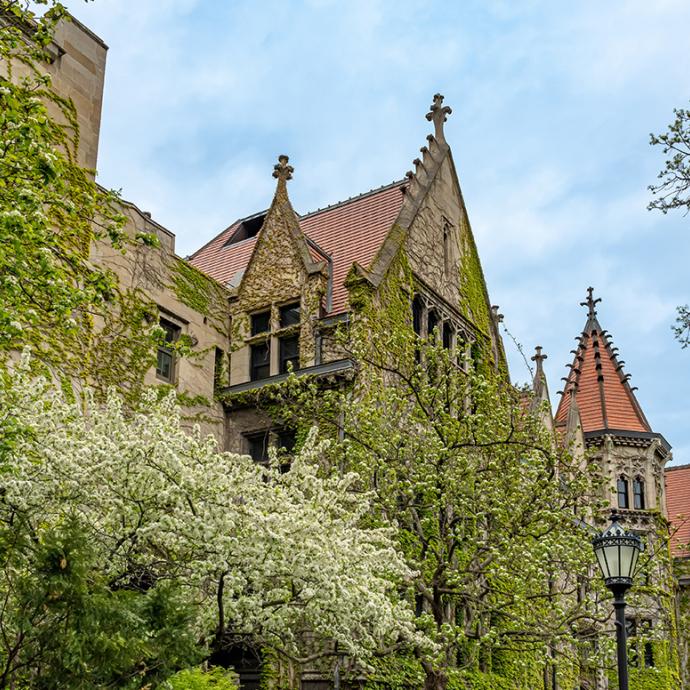
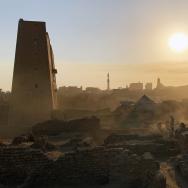
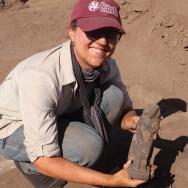
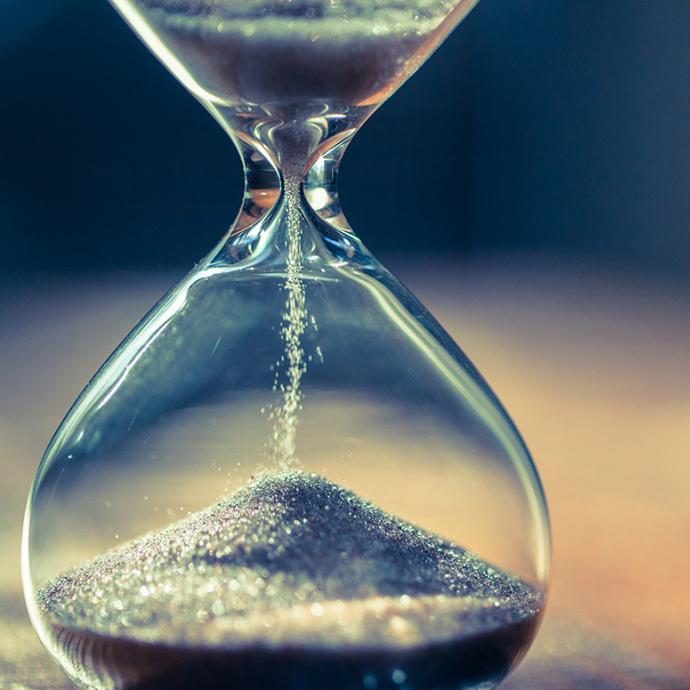
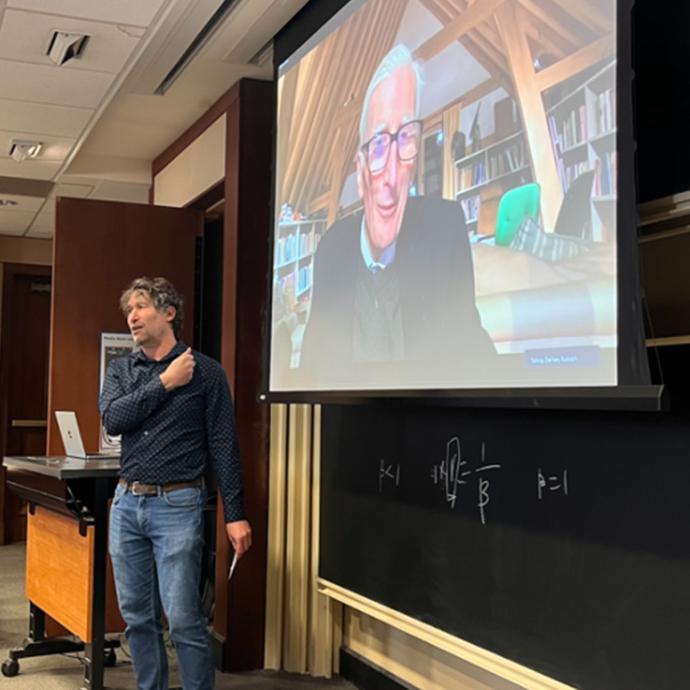
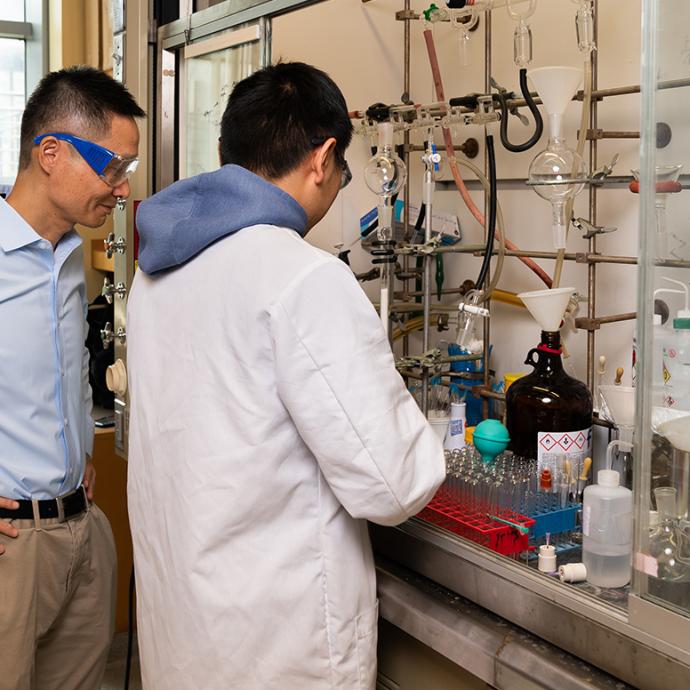

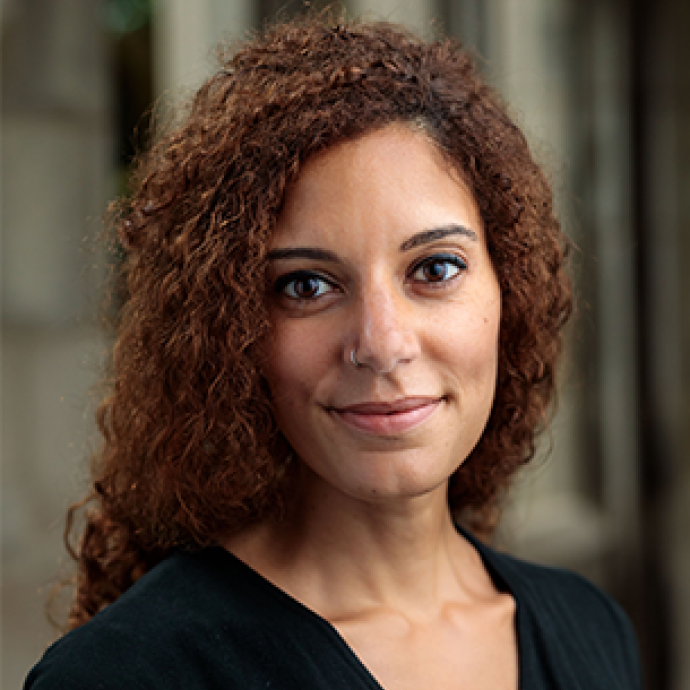




 —Prof. Chuan He
—Prof. Chuan He
